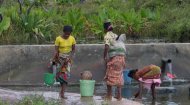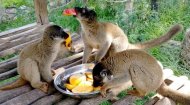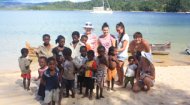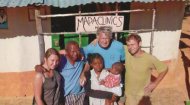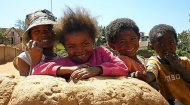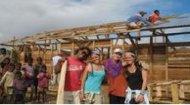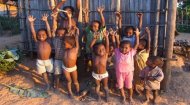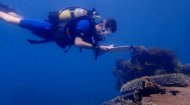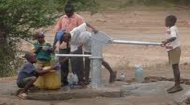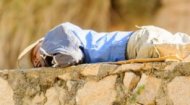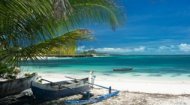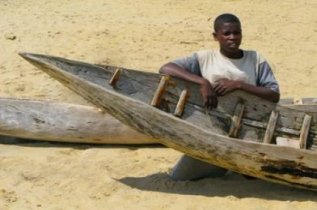|
The range volunteer work projects and programs available for volunteers in Madagascar is as varied as the island itself, reflecting its unique needs and opportunities. Most programs fall into distinct categories:
a) Environmental Conservation Projects: These are perhaps the most popular and critical. Volunteers might work on:
Lemur and Terrestrial Conservation: Protecting lemur habitats through reforestation, patrolling protected areas, collecting research data on lemur populations, and educating local communities about sustainable resource management.
Marine Conservation: Assisting with coral reef restoration, studying marine biodiversity, protecting sea turtle nesting sites, and promoting sustainable fishing practices in coastal communities.
Reforestation Initiatives: Planting trees in deforested areas to restore critical habitats, prevent erosion, and mitigate climate change impacts. This often involves working alongside local villagers.
Sustainable Agriculture: Promoting eco-friendly farming techniques, permaculture, and alternative livelihood options to reduce reliance on slash-and-burn agriculture.
b) Community Development Projects: Addressing the human development needs of Malagasy communities is equally vital. Volunteers can contribute to:
Education: Teaching English or other subjects in local schools, assisting teachers, developing educational materials, or helping with after-school programs. Many communities lack qualified educators and basic resources.
Healthcare and Sanitation: Assisting in local clinics (for medical professionals), conducting health awareness campaigns (e.g., hygiene, nutrition, disease prevention), or helping build sanitation facilities.
Infrastructure Development: Supporting the construction of schools, community centres, water wells, or other essential infrastructure that improves the quality of life for villagers.
Women's Empowerment and Microfinance: Working with local women's groups to develop entrepreneurial skills, establish small businesses, or promote gender equality.
c) Wildlife Rescue and Rehabilitation: Some organisations focus on rescuing injured or orphaned wildlife, providing care, and rehabilitating them for release back into the wild. This can involve hands-on animal care, enclosure maintenance, and educational outreach.
d) Research Assistance: For those with a scientific background or a keen interest in research, opportunities exist to assist local and international scientists with data collection, surveys, and field studies across various disciplines, from botany to primatology.
Adequate preparation is key to a successful and fulfilling volunteer experience in Madagascar. The island presents unique logistical and cultural considerations:
1. Choosing the Right Program: Research reputable organisations thoroughly. Look for those with clear objectives, transparent financial practices, strong community ties, and a commitment to sustainable impact. Read reviews, understand the project's focus, and ensure it aligns with your skills and interests.
2. Visa and Travel Documents: Most nationalities require a visa to enter Madagascar, which can often be obtained upon arrival at the international airport (currently up to 90 days for tourist visas). Ensure your passport is valid for at least six months beyond your intended departure date and has sufficient blank pages.
3. Health and Vaccinations: Consult a travel doctor well in advance (ideally 4-6 months before departure). Recommended vaccinations typically include Hepatitis A and B, Tetanus, Typhoid, and potentially Rabies. Malaria is prevalent in most parts of Madagascar, so discuss anti-malarial prophylaxis with your doctor. Pack a comprehensive first-aid kit, including over-the-counter medications for common ailments, rehydration salts, and any personal prescriptions. Water purification tablets or a filter bottle are highly recommended.
4. Packing Essentials: Pack light but smart. Lightweight, quick-drying clothing is essential, preferably modest to respect local customs. Sturdy, comfortable walking shoes or hiking boots are a must. Other essentials include insect repellent (with DEET), a wide-brimmed hat, sunscreen, a headlamp/flashlight, a portable power bank, and a basic waterproof jacket. Remember that electricity can be intermittent, especially in rural areas.
5. Financial Planning: Beyond program fees and flights, factor in costs for internal travel, personal expenses, souvenirs, and a contingency fund for unexpected situations. While Madagascar can be affordable, remote areas might have limited ATM access.
6. Cultural Sensitivity and Language: Learning a few basic Malagasy phrases (Salama - Hello, Misaotra - Thank you, Aiza - Where) will go a long way in building rapport. Malagasy culture emphasises respect for elders, community, and the concept of fady (taboos), which vary by region. Be patient, observe local customs, and maintain an open mind. Understand that the pace of life is much slower, and flexibility is paramount.
|
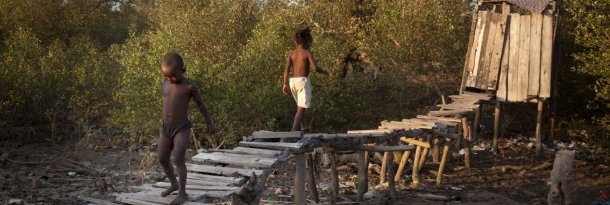
 1. Unparalleled Biodiversity and Urgent Conservation Needs: Madagascar is a biodiversity hotspot, with over 90% of its wildlife found exclusively on the island. This includes over 100 species of lemurs, countless chameleons, geckos, and an astonishing array of plants. However, these precious ecosystems are under severe threat from deforestation, climate change, and unsustainable agricultural practices. Volunteer work in Madagascar allows you to directly engage in critical conservation efforts, from reforesting vital habitats to protecting endangered species and their environments.
1. Unparalleled Biodiversity and Urgent Conservation Needs: Madagascar is a biodiversity hotspot, with over 90% of its wildlife found exclusively on the island. This includes over 100 species of lemurs, countless chameleons, geckos, and an astonishing array of plants. However, these precious ecosystems are under severe threat from deforestation, climate change, and unsustainable agricultural practices. Volunteer work in Madagascar allows you to directly engage in critical conservation efforts, from reforesting vital habitats to protecting endangered species and their environments.